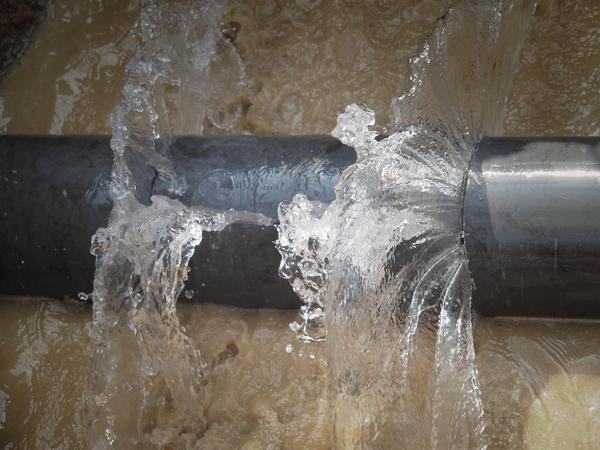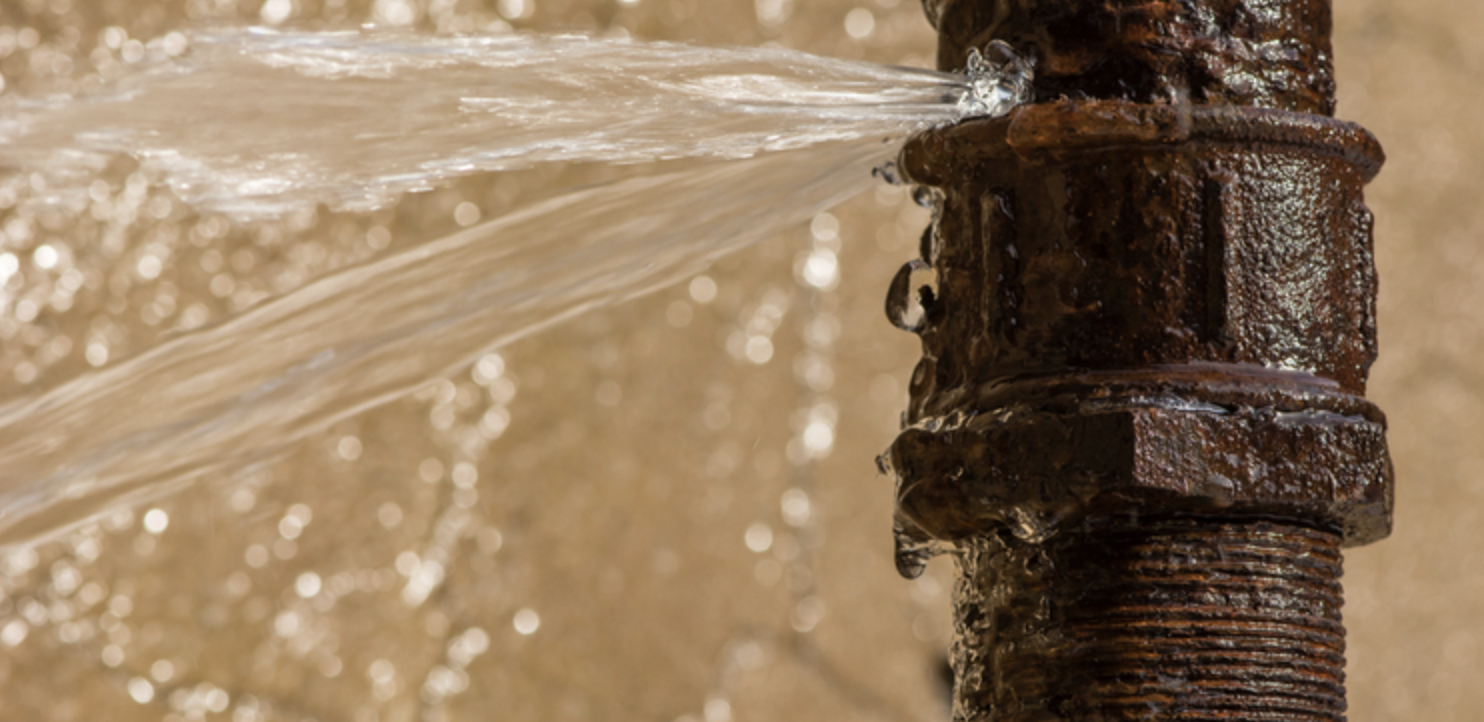From Detection to Correction: A Fast Approach to Handling Burst Pipes
From Detection to Correction: A Fast Approach to Handling Burst Pipes
Blog Article
Right here below you might get lots of exceptional help and advice concerning How to install a dishwasher safely.

A burst pipeline is a significant emergency; you can only stand as you view water you pay very much to rejoin with the planet. In worse cases, you observe a pool on your kitchen area flooring, which is a wonderful journey hazard, especially if you have kids around. If the pipeline that ruptured remained in your wall surfaces, bad news: you may need to repaint that whole area.
Just how can a tragedy like a ruptured pipeline be prevented and handled? Well, by listening to your professional emergency plumbings as well as complying with these policies.
Just how do I recognize when my pipelines have ruptured?
Rising and fall water stress
Pipes do not simply burst in a day. You may have noticed that your kitchen tap or shower doesn't run instantly when you turn the faucet. It may pause for a few seconds and then blast you with even more pressure than normal.
In various other circumstances, the water may seem typical initially, then drop in pressure after a few seconds.
Infected water
Many individuals think a ruptured pipeline is a one-way electrical outlet. Rather the contrary. As water drains of the hole or laceration in your plumbing system, pollutants discover their way in.
Your water may be contaminated from the resource, so if you can, examine if your water storage tank has any type of issues. However, if your drinking water is provided as well as cleansed by the city government, you should call your plumber immediately if you see or smell anything funny in your water.
Puddles under pipes and sinks
When a pipeline ruptureds, the outflow forms a puddle. It might show up that the puddle is growing in dimension, as well as regardless of how many times you wipe the puddle, in a few mins, there's another one waiting to be cleansed. Commonly, you may not have the ability to map the puddle to any kind of visible pipelines. This is an indication to call a professional plumber.
Damp walls and also water stains
Prior to a pipe bursts, it will certainly leakage, many times. If this relentless dripping goes unnoticed, the leakage may graduate right into a large gouge in your pipeline. One simple way to prevent this emergency is to watch out for damp wall surfaces ad water discolorations. These water spots will lead you right to the leakage.
Untraceable dripping sounds
Pipe bursts can occur in the most undesirable locations, like within concrete, inside wall surfaces, or under sinks. When your home goes silent, you might have the ability to hear an aggravatingly relentless dripping sound. Also after you've examined your shower head as well as kitchen faucet, the leaking may proceed.
Precious reader, the leaking may be originating from a pipe inside your wall surfaces. There isn't much you can do about that, other than inform a professional plumber.
Show up the Warm
Establish fans to blow warmth into chilly rooms. Maintain the garage door shut. If you have lowered water flow, warmth the most prone pipelines (typically in cellars and crawl spaces or near outside wall surfaces) with a hair dryer. Leave the tap on while you apply warm. As you thaw ice, the flow will certainly raise. To avoid pipelines from freezing, protect your wall surfaces.
Start Doing Away With the Water
Order the mop, containers and also a shop vacuum cleaner to begin to get rid of the water since you absolutely don't want it saturating into whatever else in your home. And also, a quick clean up will certainly lower the opportunities of something getting moldy.
What do I do when I identify a ruptured pipe?
Your water meter will remain to run also while your water wastes. To minimize your losses, find the primary controls and also transform the supply off. The water mains are an above-ground structure at the edge of your residential property.
How to Fix & Detect a Leaking Pipe
How Do I Know if a Pipe is Leaking?
Leak detection tests can help you determine if your pipe has a leak. Even if you don’t see an apparent leak, you should still conduct leak detection tests regularly to save water and money—and prevent major damage to your home.
Water meter. It can be helpful to figure out what your usual water meter usage numbers are and then monitor them regularly. To monitor your meter, first, turn off all water faucets in your home. Check the meter and write down the numbers. In a few hours, check the meter again. If the numbers have changed, you have a leak. Water gauge. Use a water gauge to test your water pressure. Your showerhead should produce a certain amount of water pressure based on its model and design. If the pressure is lower than it is supposed to be for that specific showerhead, your home likely has a leak. Puddles. Look inside your bathroom, laundry, and kitchen sink cabinets. Puddles around the cabinets or around toilets, tubs, showers, and washing machines indicate the presence of a leaking pipe. You may also notice loose tiles, peeling or flaking paint, or mold caused by water accumulation. Napkin test. Even if you don’t see any puddles, you may still have a leak. You can test for water leaks in the bathroom, laundry, and kitchen by wiping below-sink connections with a napkin, paper towel, or piece of toilet paper. If it becomes damp, you probably have a leaking pipe under the sink. Discolored walls. Walls that are discolored—usually with brown or yellow stains—or bulging might mean that they have been impacted by water damage caused by a leaking pipe. Smell. A leaky pipe will create sitting water, and over time, that water may develop a musty smell. If your home smells musty, but you can’t locate the source, it may be due to a leak. Steps for Fixing a Leaking Pipe
A leaky drain can be remedied by tightening the pipe base, replacing the drain seal, caulking the rim, and tightening the pipe nut. Similarly, a leaking toilet pipe can be treated by tightening the packing nut. You may also need to replace the valve. A leaky faucet may just need tightening or replacement of the washers. If that doesn’t work, consider replacing your faucet. If your pipe has a hole in it, you may want to use a pipe leak sealer or pipe leak tape. This quick fix for water pipe leaks can also temporarily fix a copper pipe leak. https://www.ahs.com/home-matters/quick-tips/how-to-tell-if-pipes-are-leaking/

I ran across that piece of writing on What to Know Before Installing a Dishwasher when doing research the internet. Sharing is nice. You never know, you might be helping someone out. Thanks a bunch for your time. Come back soon.
Visit Link
Report this page